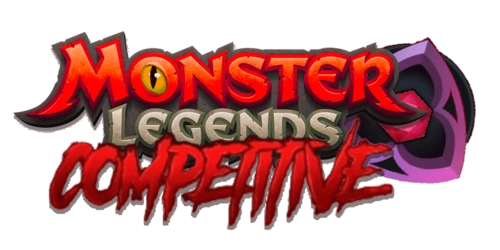Recently I've been too knee-deep into videos of Japanese fishermen spearfishing, eating and commenting on various wildlife. Decided to put that with my obssession with ML worldbuilding, and ta-da. Thinking too hard over hunting and eating monsters. I'll mostly just talk about Commons, UCs and Rares here. Since Epics, Legendaries and Mythics are relatively more mentally developed than their lower-rarity brethren I won't talk about eating them much here.
So yeah. I'll start with some ideas and worldly logic towards turnin' these mons into food.
1.0 Firesaur[]
The beef of the urban Petran communities. Quick to breed, die and hatch, as well as conveniently hyper-cheap to buy eggs for and raise, these critters are a monster slaughterhouse's crutch, as well as the baseline for many families' diets. Their flesh isn't the only thing that is harvested from their bodies upon death, with their scales being ground for cement filler, horns and wings dried for kindling, and their hides used for insulating fabric. Those who eat Firesaur meat regard it tasting bland and easy on you tongue yet heavy and "warming" on the stomach, satisfying one for a few good hours (more than typical bovine meat), so recipes usually recommend heavily spicing the meat during the cooking process. It's possesses an uniform-looking muscular pattern on a cut slab of a typical loin piece, a pale salmon-like pink, lean with little to no fat marbled within it. Bad for steaks, it's typically cooked with butter or other fatty substances to make it more "moist".
2.0 Treezard[]
Not as common in cities as Firesaur meat, it is popular in areas with more vegetation and humidity like farms and tropical cities. The reason for this is because of its partial plant-like genetics, which make it vulnerable to dryness and potential wildfires. It's said to be a wholesome species to eat regarding its fulfilling of an omnivore diet, however typically one has to eat more Treezards than usual thanks to its meat not fully possessing the characteristics of neither animal meat or plant material. The remaining hollow trunk formation is usually utilized as support for log houses. Its meat is lean and mottled with veins of chlorophyll. It tastes vaguely herbal when cooked and is sometimes prepared in the style of zongzi (粽子) by having marinated pieces of it wrapped and cooked in the long leaf-like growths from its own body.

